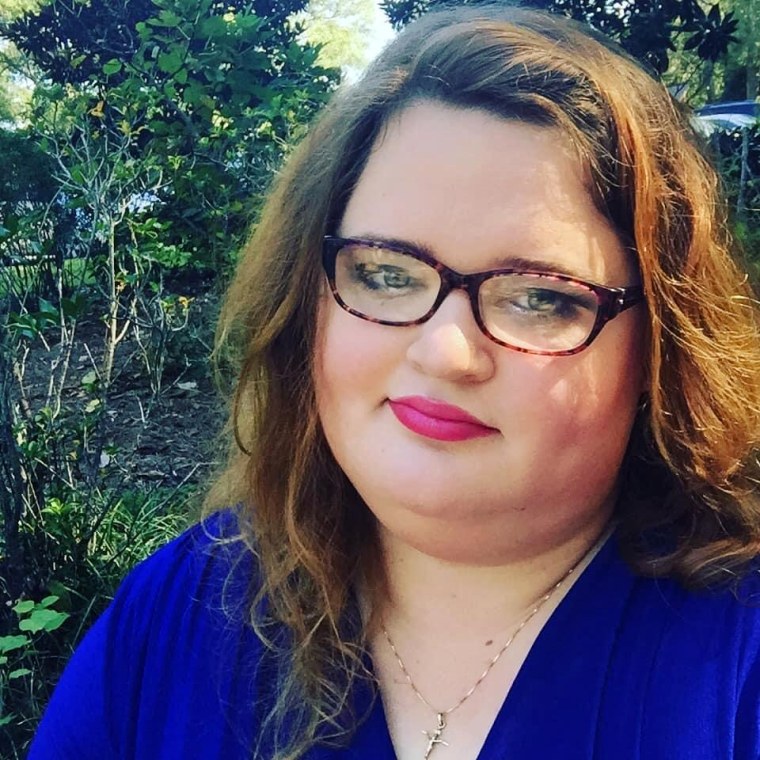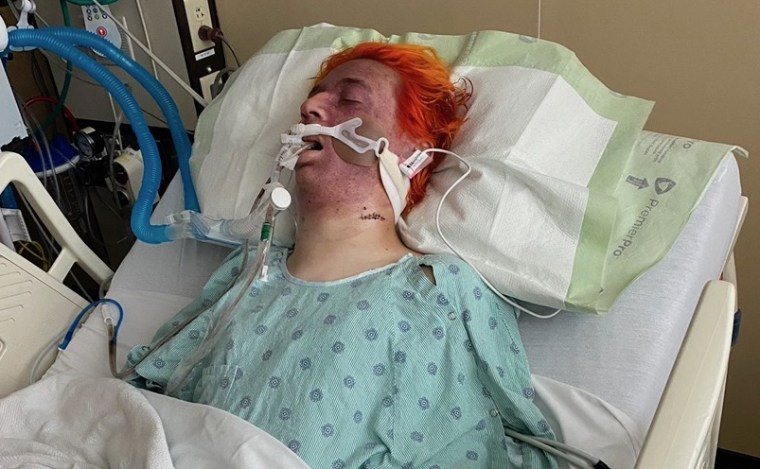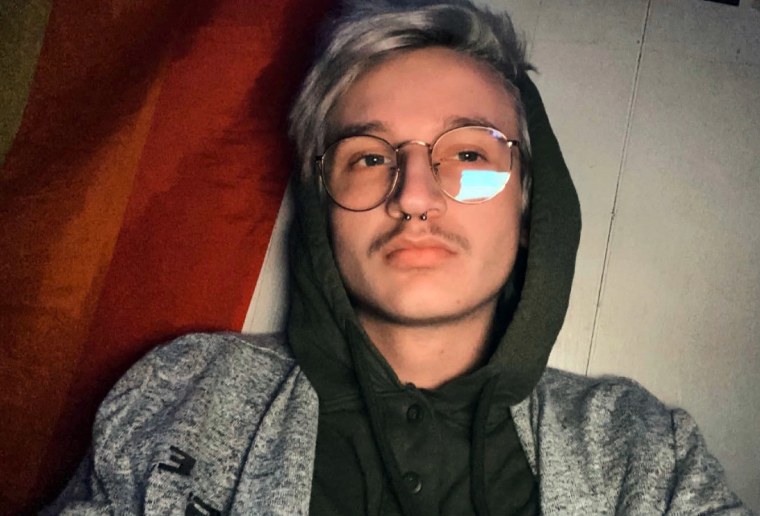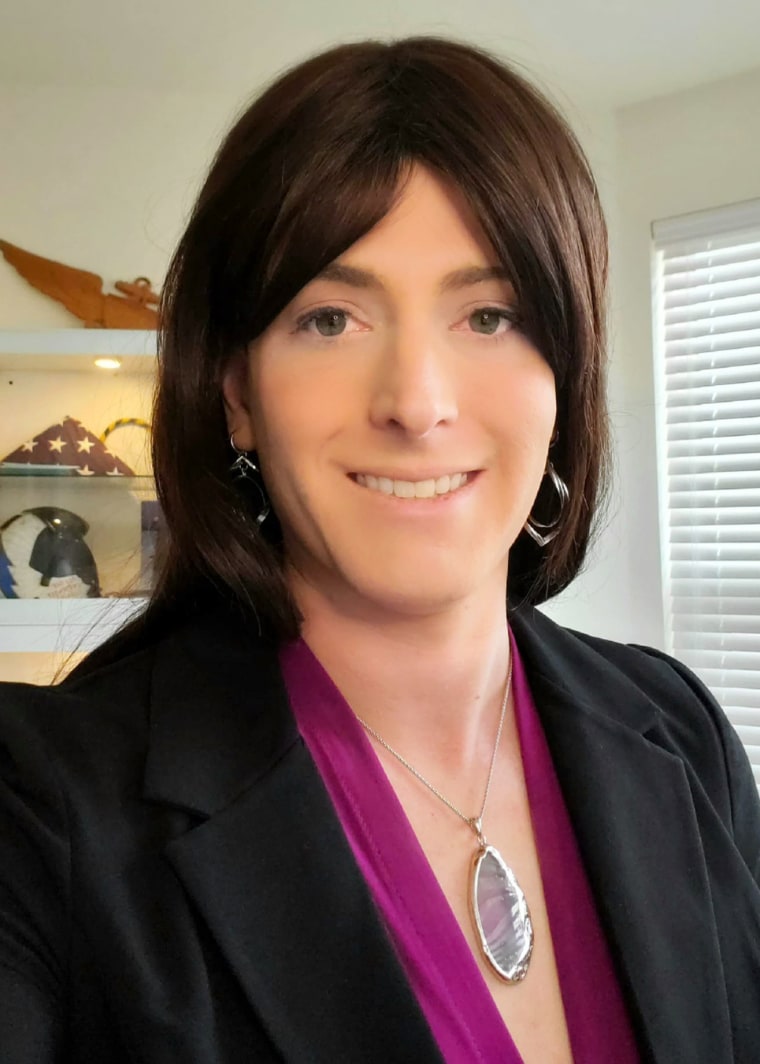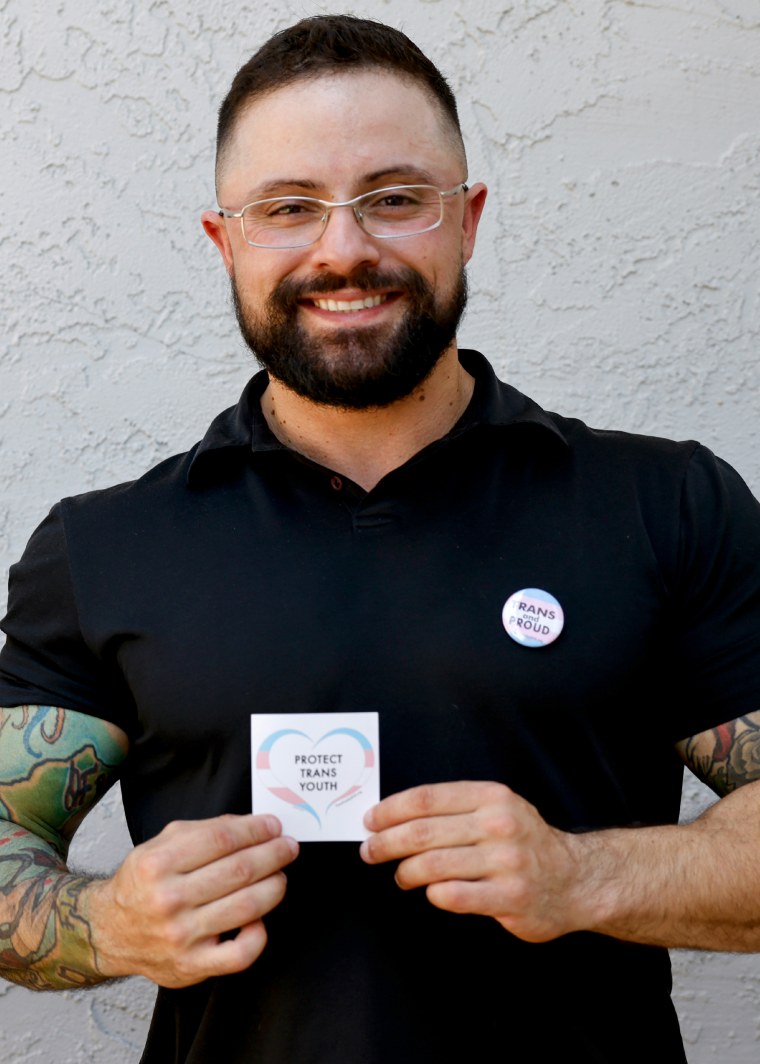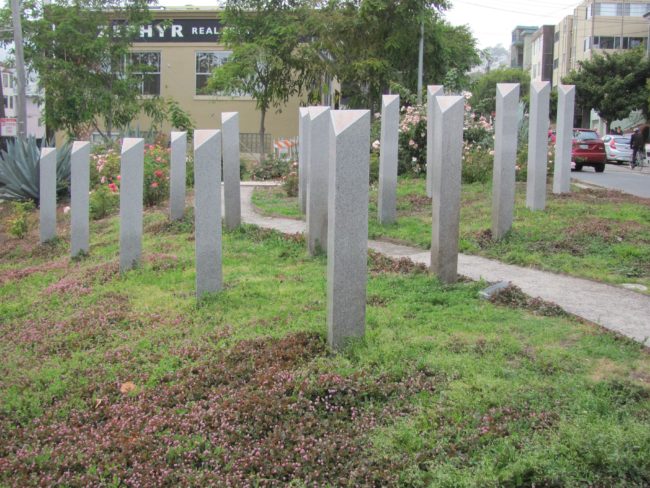Half of U.S. States Get Failing grade on LGBTQ Protections, Advocacy Group Says
Half of U.S. states lack basic protections for LGBTQ people, according to a report released Wednesday by the Human Rights Campaign, the nation’s largest LGBTQ advocacy group,
The campaign’s State Equality Index, an annual ranking of laws and policies, found that 25 states lack inclusive anti-discrimination statutes and are considered at a “high priority to achieve basic equality,” the lowest of the report’s four categories. (See a map of the states here.)
“These states are most likely to have religious refusal or other anti-LGBTQ laws,” the report said. “Advocates often further LGBTQ equality by focusing on municipal protections for LGBTQ people or opposing negative legislation that targets the LGBTQ community.”
In addition to nondiscrimination policies, the index also graded states on hate crime laws, transgender health care, anti-bullying policies, parenting and adoption laws and bans on conversion therapy, among other criteria.
The report, based on 2020 data, reflects a slight improvement from 2019, when 27 states were ranked in the lowest category. Virginia moved up two spots to the “solidifying equality” category after passing the Virginia Values Act last February, making it the first Southern state to ban anti-LGBTQ discrimination in employment, housing, credit and public accommodations. Kansas moved up one spot to the “building equality” category after the state’s Human Rights Commission began accepting anti-LGBTQ bias complaints in employment, housing and public accommodations.
The Kansas commission said its revised interpretation of the Kansas Act Against Discrimination was based on Bostock v. Clayton County, Georgia, last year’s landmark Supreme Court decision that determined federal civil rights law banning employment discrimination based on sex included discrimination based on sexual orientation and gender identity.
Nineteen states and the District of Columbia were cited in the index’s highest-rated category, “working toward innovative equality,” for their “robust LGBTQ nondiscrimination laws covering employment, housing and public accommodations.” That’s the most in the report’s seven-year history, and includes newcomers Hawaii and New Hampshire.
At the same time, at least 185 anti-LGBTQ bills were introduced in 35 states last year, according to HRC. Four were signed into law, including two in Idaho: HB 500, the Fairness in Women’s Sports Act, which prohibits transgender student athletes from joining teams that match their gender identity, and HB 509, which bars transgender residents from updating the gender marker on their birth certificates. Federal courts have blocked both laws from being enforced.
This week, the Montana House of Representatives passed House Bill 112, a transgender sports ban nearly identical to Idaho’s, and House Bill 113, which would prohibit medical professionals from providing gender-affirming care to trans minors. Both measures now head to the state Senate for consideration.
“While this year’s legislative sessions will undoubtedly be shaped by the Covid-19 pandemic and the 2020 election, we also anticipate continued attacks on transgender youth, particularly in relation to athletic participation and access to best-practice, affirming medical care, to continue across the country,” HRC said in a statement.
In the 2021 session, lawmakers in seven states — Florida, Kentucky, New Hampshire, North Dakota, Oklahoma, South Carolina and Tennessee — have all sponsored measures restricting transgender participation in student athletics. Bills that would penalize or even criminalize providing trans youths with gender-affirming care have also been introduced in five states — Alabama, Indiana, Mississippi, Texas and Utah.
In addition to a trans athlete ban, Republicans in North Dakota also sponsored bills that would prohibit the state from recognizing sexual minorities and exclude same-sex couples from financial assistance with adoption. (The former, HB 1476, was withdrawn on Tuesday.)
“With serious issues like our state’s Covid-19 response and economic recovery, it’s disturbing that legislators are spending so much time attacking vulnerable transgender youth and the LGBTQ+ and Two Spirit community as a whole,” Dane DeKrey, advocacy director of ACLU of North Dakota, said.
In all, there are at least 21 anti-LGBTQ bills before state legislatures this session, according to Freedom for All Americans, which advocates for LGBTQ nondiscrimination protections.
Advocates say the flurry of anti-gay bills is in direct response to the election of President Joe Biden, who championed gay rights on the campaign trail and has called the pro-LGBTQ Equality Act a top legislative priority. In his first week as president, Biden has already issued an executive order expanding LGBTQ nondiscrimination protections in employment, education, housing and immigration.
“I think the volume of [anti-LGBTQ] bills is going to dramatically increase, particularly because of what is happening at the federal level,” Kasey Suffredini, CEO of Freedom for All Americans, an LBGTQ advocacy group, told NBC News previously. “For the opposition, this is the only avenue for their narrative that treating LGBT people with dignity and respect is a problem for the country.”
Should Congress pass the Equality Act — federal legislation that would add LGBTQ protections to existing civil rights laws — it will provide “critical baseline protections,” according to HRC legal director Sarah Warbelow, but state laws will still be important.
“State laws are often more robust than federal laws — a federal law may only cover business with 15 or more employees, for example, while a state law can apply to every business,” Warbelow told NBC News, adding that accessing state courts is often easier and cheaper.
“And there are limits to what the Equality Act can do in a lot of areas,” she added. “The federal government doesn’t have a lot of power when it comes to anti-bullying laws, or regulations about updating birth certificates or second-parent adoptions.”
